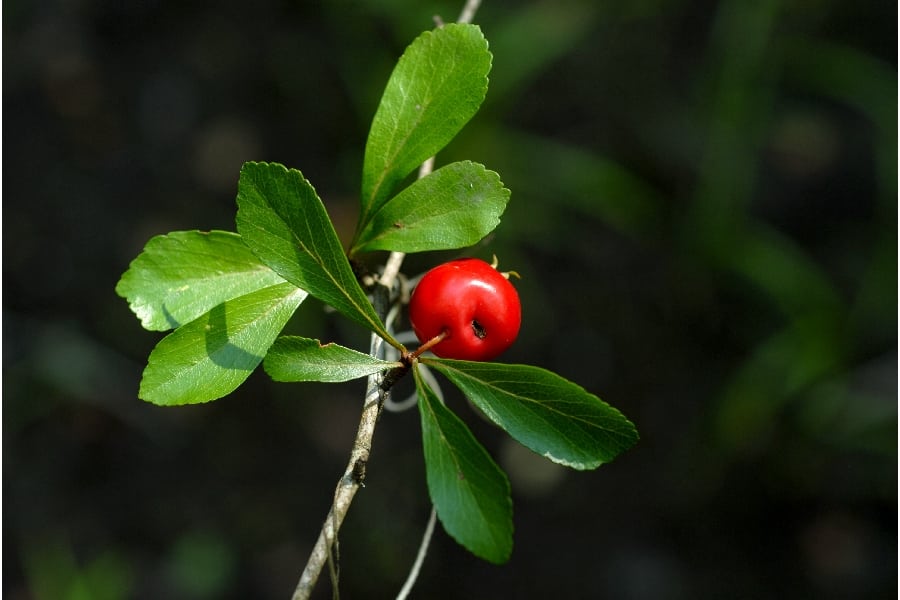Mayhaw Cutting Propagation: Propagating Mayhaw With Cuttings


Whether an avid fruit gardener, or just looking to add visual appeal to an already established yard or landscape, adding less common native fruits is an enjoyable endeavor. Some types, especially edible wild fruits, may be difficult to find online or in local plant nurseries. In many cases, home gardeners may need to find other means by which to obtain specific fruit trees. Many hard-to-find fruit trees, such as the mayhaw, are easily propagated through stem cuttings. Rooted stem cuttings are an easy way to expand the garden while maintaining a budget.
What are Mayhaw Trees?
Mayhaw trees are most commonly found growing in moist soils in the southeastern United States. Each spring, trees produce red fruits called “haws.” Though the tart fruits are not commonly eaten raw, they are a wonderful choice for homemade jellies and syrups. While mayhaw trees are able to be grown from seed, there are quite a few obstacles which one may encounter. Mayhaw trees often grow “true to type.” This means that a plant produced from seed will be very similar to the parent from which the seed was taken. However, in many cases, seeds collected may not be viable. Additionally, germination of the seeds may prove to be exceptionally difficult, as cold stratification is required. Without cold treatment, seeds are unlikely to germinate. Growing mayhaw trees through cutting propagation is an easy way to ensure quality plants for the home orchard with minimal effort.
Mayhaw Cutting Propagation
Growing mayhaw trees from cuttings is one of the simplest ways of obtaining your own plants. To root mayhaw cuttings, simply cut a length of stem or branch from the mayhaw tree. Look for softwood, as it is more likely to root and is the young, green growth. Many gardeners have also had success with propagation through cuttings of more mature, hardwood. Once the softwood or hardwood cutting is made, dip the end of the cutting into rooting hormone. Although this step is optional, many gardeners use rooting compound in the hopes of improving their chances of success. After dipping the cutting end in rooting hormone, place it into moist growing medium throughout summer. Cuttings will need a combination of moisture and humidity in order to begin growing new roots. Once the cuttings have become established, you can transplant into the garden. Mayhaw trees will tolerate wet soils, however, these plants will thrive better when planted in well-draining, acidic locations.
Sign up for the Gardening Know How newsletter today and receive a free copy of our e-book "How to Grow Delicious Tomatoes".

Tonya Barnett has been gardening for 13 years. Flowers are her passion. She has transformed her backyard into a cut flower garden, which she regularly chronicles on her YouTube channel http://www.youtube.com/@tonyawiththeflowers.